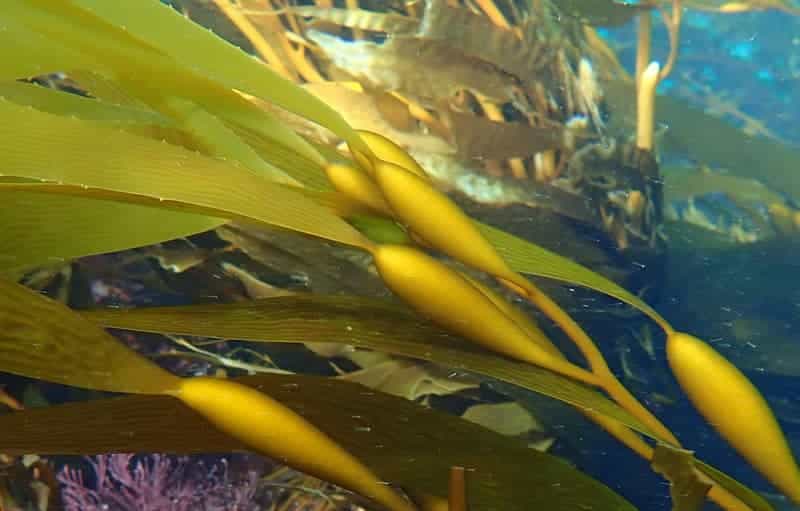PARK WATCH Article November 2022 |
ReefWatch Campaigner Kade Mills looks back at two successful decades of the Great Victorian Fish Count
Did you know that, depending on their sex or size, some fishes of the same species look quite different? Do you know the name of many fish? If you answered ‘Yes’ and ‘Around 35’, there is every chance you have joined ReefWatch to take the dive that counts – The Great Victorian Fish Count (GVFC).
From the humble beginnings of a few divers and snorkellers recording marine life on their local reef, the GVFC has morphed into the largest marine citizen science event in Victoria, attracting over 600 participants each year from across the state. Over the past 20 years tens of thousands of people have jumped in the water to count 25 species of fish and, since 2017, an additional 10 species of sharks and rays.
Because they don’t often end up on dinner plates, some of the species we count are often overlooked by science. By that we mean there has been extensive research done on species of commercial or recreational importance (e.g. Snapper, Whiting & Flathead) but many others are under or never studied.
To do the count, divers hit the water armed with illustrations on a waterproof slate and a pencil to record the number of each they see. The list has a selection of commonly sighted species (to get people counting) as well as some that are harder to find (to get people searching) and even some that have rarely (if ever) been sighted in the last few decades (to keep people curious).
Keeping people curious and raising awareness of the diversity of marine life in Victoria resulted in the Western Blue Groper, thought to have disappeared from our waters, being resighted during the Great Victorian Fish Count at Barwon Bluff Marine Sanctuary over 10 years ago. This and other sightings of blue gropers led to the protection of both the Western and Eastern Blue Groper since 2013. Encouragingly, they continue to pop up at various locations and marine national parks during the count each year.

This year’s 20th Great Victorian Fish Count serendipitously coincides with the 20-year celebration of the creation of Victoria’s network of marine national parks and sanctuaries. We’ve written about the significance of this network in Park Watch throughout the year, and hopefully some of you have been inspired to visit your local park or sanctuary to see the marine treasures that these areas protect.
Victoria’s marine national parks and sanctuaries are beloved by our community of underwater enthusiasts so the theme for 2022’s GVFC is ‘Hidden Gems’.
Many of the hidden gems in our parks and oceans are not on the GVFC slates so we encourage everyone to record additional species they observe, especially if it’s a fish that they wouldn’t expect to see in their local patch. These sightings can be useful to the folks at Redmap Australia.
Redmap is another citizen science project with something to celebrate in 2022 – 10 years of a national database mapping the range extensions of marine fish and invertebrates along the Australian coastline. To date, 77 species have been recorded further south than they had been a decade ago. These southward extensions are evidence of species ‘on the move’ due to warming waters, and observations from fishers, boaters, divers and snorkellers are proving incredibly valuable for understanding how our marine life is responding to climate change.
With this in mind, we can’t understate the value of a photo! We encourage our Fish Counters to bring their underwater camera along for this reason. You can submit your photos directly to www.redmap.org.au, by including them in your Fish Count survey results on the Atlas of Living Australia, or by adding them to iNaturalist www.inaturalist.org.
Photos can help confirm the identification and location of both target Fish Count species and any fish ‘on the move’.
In 2022, the Great Victorian Fish Count is giving you any excuse to party – whether you want to celebrate marine citizen science, the fabulous fish of our coasts, or the marine national parks and sanctuaries that continue to protect them.
Visit www.vnpa.org.au/fish-count to see events near you and join a Fish Count.
Image: Simple Dive & Ocean Divers
Did you like reading this article? You can read the latest full edition of Park Watch magazine online.
Want to be kept up to date about this and other nature issues in Victoria? Subscribe to our email updates.
You can also receive our print magazine Park Watch four times a year by becoming a member. Find out more.
